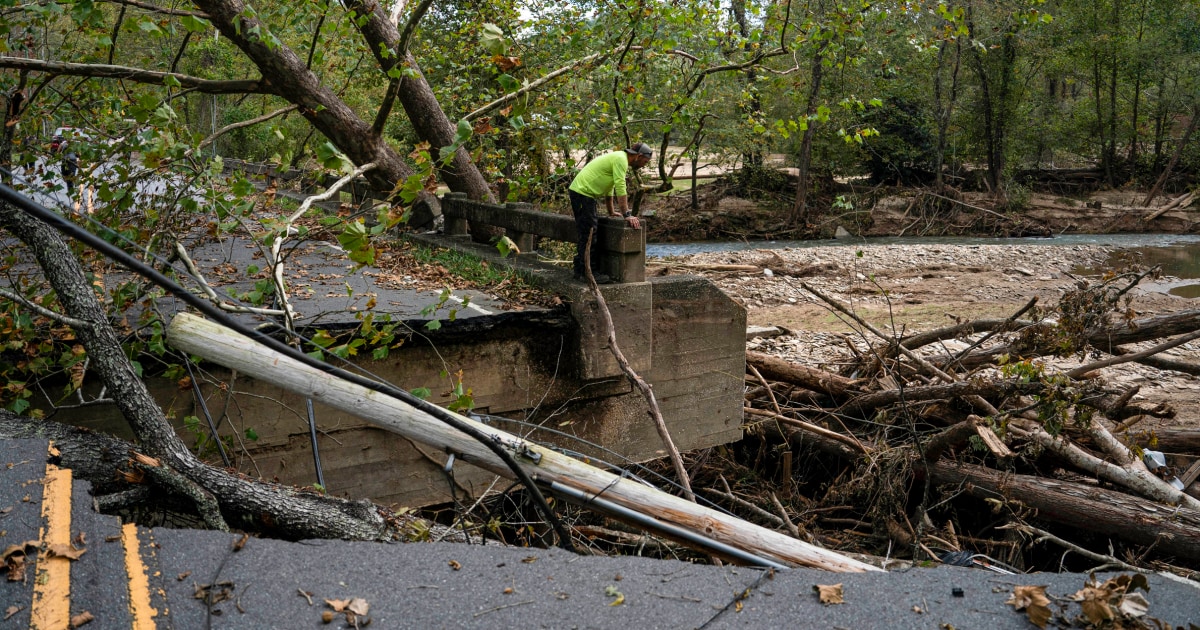Brace yourselves for a northern light show of potentially epic proportions.
Some lucky stargazers in the U.S. may glimpse the aurora borealis after the sun unleashed the second-largest solar flare in seven years on Tuesday.
This meteorological fireworks — caused by an interaction between Earth’s magnetic field and supercharged particles from the sun — will reportedly be visible across the northern United States on Friday, Oct. 4, and Saturday, Forbes reported.
According to the National Oceanic and Atmospheric Administration (NOAA), the northern lights will be “most visible” Friday night in Alaska and Canada.
However, the polar rainbow is expected to overlap parts of the contiguous United States, including Washington, Idaho, Montana, Wyoming, North Dakota, South Dakota, Minnesota, Iowa, Wisconsin, Michigan, New York, Vermont, New Hampshire and Maine.
While generally viewed from a more northerly location, the borealis will be visible in areas outside the norm after the sun erupted with two flares, including an X-class solar fare — the “strongest of its kind.”
The supercharged sunburst, emanating from sunspot AR3842, clocked in at X7.1, making it the second most powerful in the last seven years after the monster X8.7 magnitude in May.
It’s also a coronal mass ejection (CME) — when plasma and magnetic particles burst forth from the sun’s surface — which will reportedly cause geomagnetic storms.
NOAA originally predicted that the storms would go down Thursday through Saturday, but is now saying that they’ll extend through Sunday, Forbes reported.
They’ve also been upgraded to strong G3 storms — the third most powerful after the G4 and G5 — which have the potential to impact navigation systems, power grids and even satellite communications.
The upshot is that more powerful geomagnetic storms generally result in a more brilliant borealis, such as the luminescent light display that occurred in the wake of May’s Category 5 geomagnetic event.
NOAA currently forecasts that tonight’s has a Kp index of 5, on a scale of zero to 9, signifying there will be more aurora motion (kaleidoscopic colors shimmering across the sky) as the lights become brighter.
It will be “quite pleasing to look at,” provided the weather is good and stargazers are in the “right place,” per the meteorological organization.
Experts advise aurora watchers to glimpse the lights when they’re most active between 10 p.m. and 2 a.m.
Viewers are also advised to venture as close to the poles as possible, avoid city lights and other pollution and pick a hilltop or other prime vantage point from which to gaze.
Read the full article here















